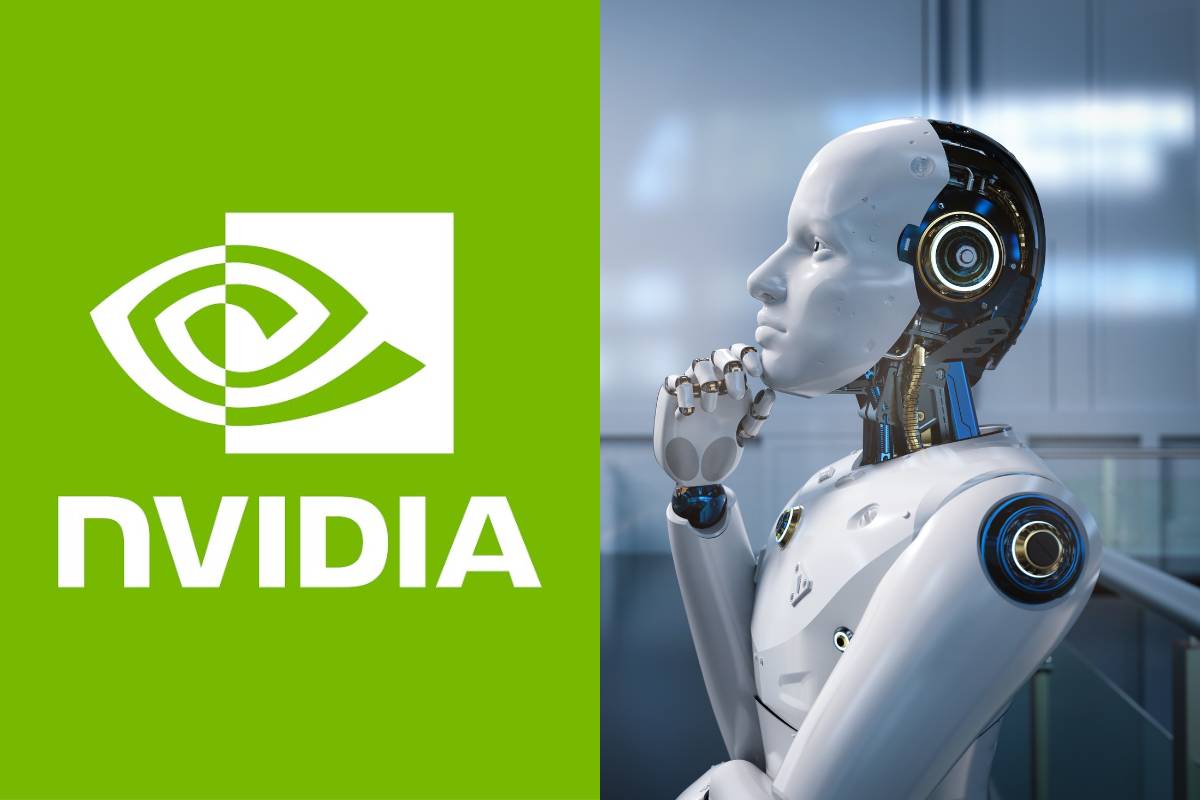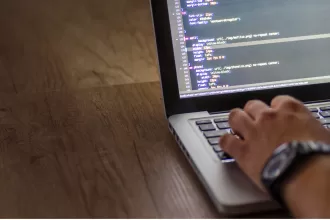Nvidia Sparks the Era of Robots: Are We Ready for the Revolution?
In a world of constant technological evolution, Nvidia is once again at the forefront, this time with an initiative that revolutionizes the interaction between humans and machines. Recently, the company announced an innovative hardware and software platform aimed at building humanoid robots equipped with generative artificial intelligence features.

Building the Future with Advanced Robotics
Imagine a world where robots not only perform specific tasks but can also interact in a more natural and adaptive way with humans and complex environments. That’s exactly what Nvidia aims to achieve with its new platform. By integrating advanced data analytics, machine learning, and automated decision-making, they are creating robots that can act with a combination of language, video, human demonstrations, and past experiences.
The Power Behind the Innovation
The genAI technology, led by the powerful “Jetson Thor” processing unit, provides robots with an impressive amount of computational power. This not only allows them to perform complex tasks but also empowers them to learn and adapt to the environment around them. With the Isaac platform, Nvidia is building a robust ecosystem that enables the development and implementation of humanoid robots in a variety of environments and situations.
Impact on Futuristic Industries
The potential benefits of this technology are vast and impactful. From advanced automation in factories to assistance in hospital environments, AI-powered humanoid robots have the potential to revolutionize various industries. Furthermore, the ability to continuously train the software to make better decisions over time promises continuous performance improvement and efficiency.
The Terminator
Thirty-nine years ago, this theme of interaction between humans and intelligent machines was explored through the iconic movie “Terminator,” which depicted this dynamic in a very different way. While the film presents a dystopian view of a future where machines turn against humanity, it also reminds us of the importance of reflecting on the ethical and social implications of advanced technology.
Unlike the movie’s bleak narrative, Nvidia is building a future where artificial intelligence is an ally, not a threat. However, as we move towards an increasingly automated world, it is essential to carefully consider how to ensure that technology is developed and implemented ethically and responsibly.
Conclusion
Nvidia is playing a key role in driving the next wave of technological innovation, empowering us to build a future where humans and machines work in harmony to achieve common goals. By integrating generative artificial intelligence into humanoid robots, they are opening up new possibilities for human-machine interaction, redefining what is possible in the world of robotics. The future is coming, and Nvidia is leading the way.






